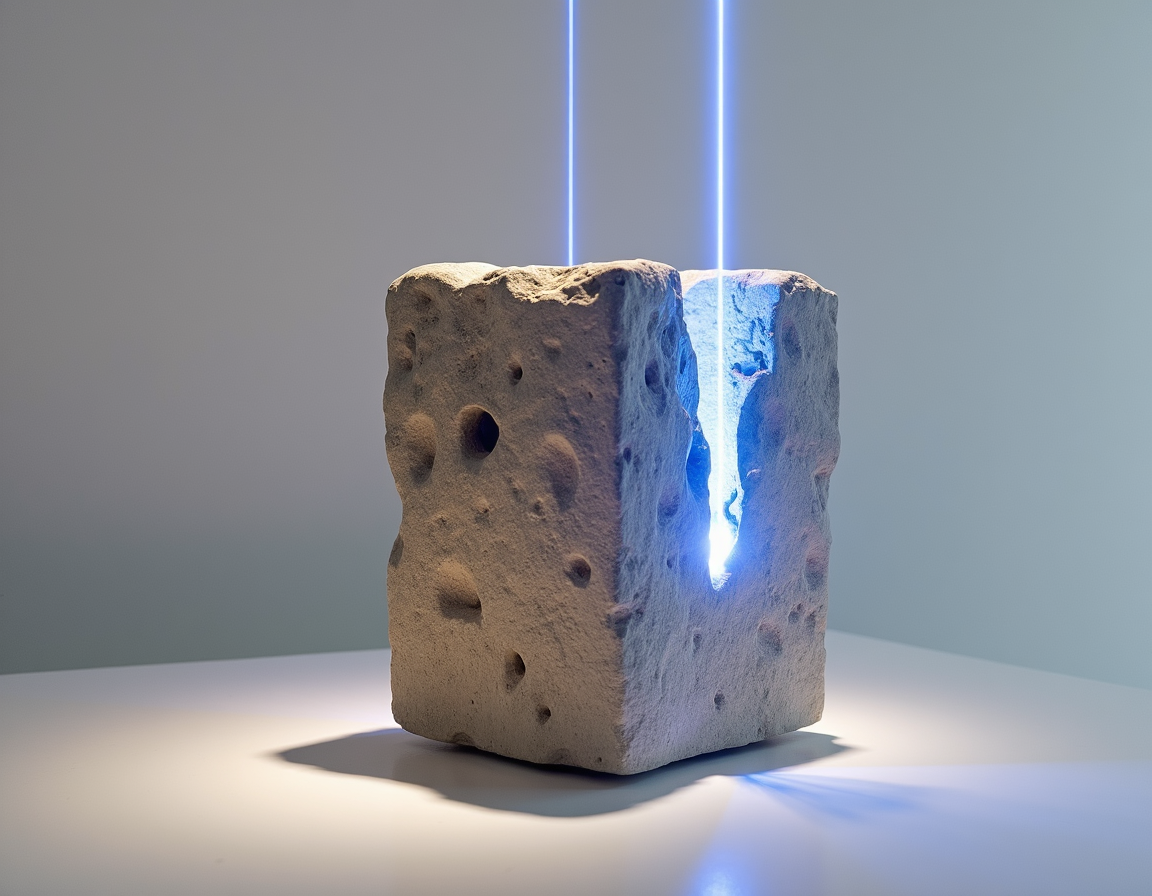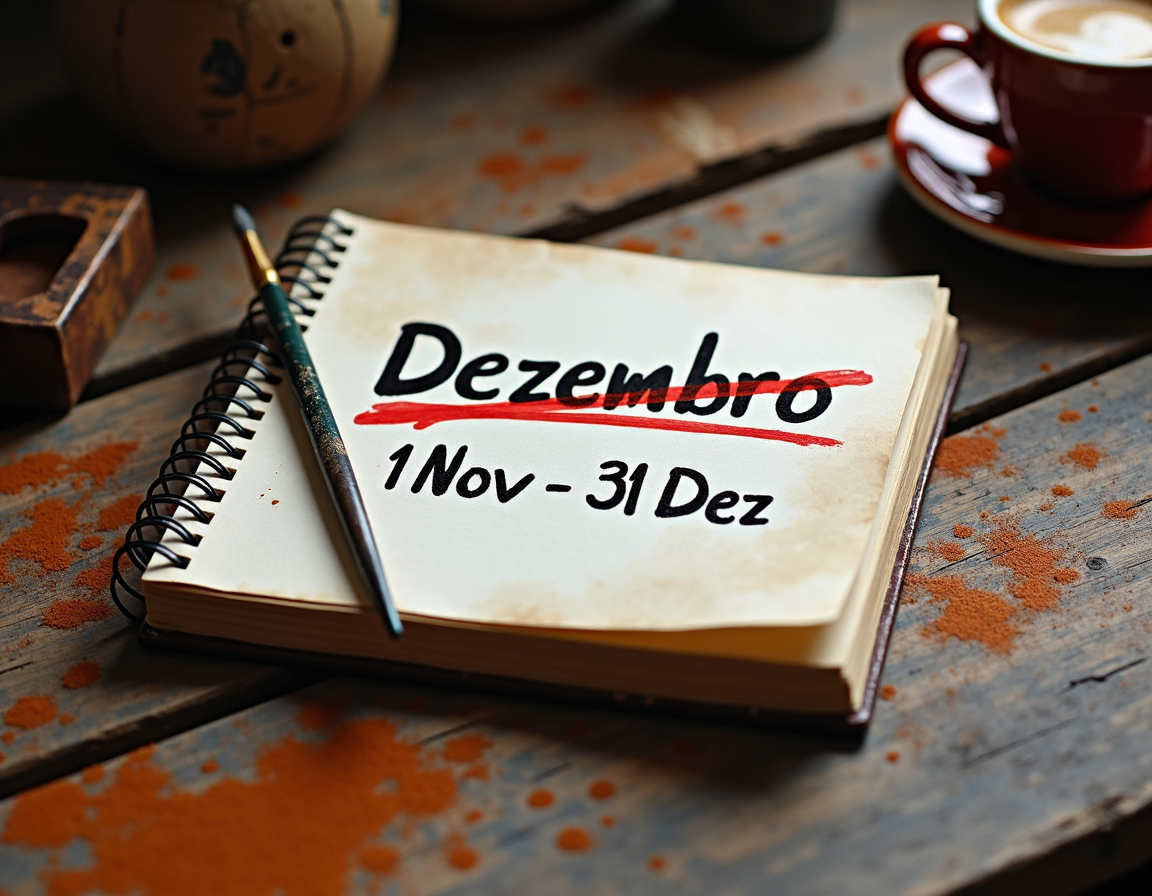The Evolution of Sculpture: From Ancestral Clay to Contemporary Installations
From the will to sculpt a god in marble to the desire to create a question in space, sculpture has evolved, but its central impulse remains intact.
"Sculpture is the art of the intelligence."
— Pablo Picasso
Think of the first sculptor. Not an artist, but a human who picked up a handful of clay and, driven by an impulse they didn't even understand, left the mark of a finger on it. That small indentation, made with no apparent utility, was the first revolution.
Sculpture was born from that tactile relationship with the world. From clay to stone, then to bronze. It was the urge to make the ephemeral permanent, to give form to the invisible. Gods, kings, heroes. The material was heavy, the work was physical, eternity was the goal.
And then? The mission changed.
The Great Shift: From Representing to Questioning
Classical sculpture wanted to answer. Contemporary sculpture prefers to ask.
It's no longer just about mastering material to create a beautiful or powerful form. It's about challenging the very idea of what a sculpture is. Can it be an installation made of light and shadow? Can it be a found object from the street? Can it be an immersive experience that only exists while you, the viewer, are inside it?
Marble gave way to plastic, glass, digital data. The tool is no longer just the chisel, but code, the sensor, the concept.
The Invisible Thread
It seems like a total break, doesn't it? From the clay idol to the data cloud.
But look again. The common thread is there. It's that very same impulse from the first human with the clay: the desire to touch the world and leave a mark. Be it a groove in the clay, a fold in corten steel, or a point of light in an empty space.
Sculpture remains the art of space, volume, and presence. It's just that now, instead of showing us a god, it invites us to think about what a god is. Instead of imposing a narrative on us, it offers us a space to imagine our own.
It's less about monuments. And more about moments. Less about eternity. And more about the now.
👉 Bottom line: Sculpture no longer asks "what do I represent?", but rather "what do I provoke in you?". And that is its greatest evolution.
The Exhibition is Arriving Earlier (And It's Staying Longer)
My next exhibition has been brought forward to November 1st and extended until December 31st. A creative sprint ahead.
"Art, like life, happens at its own rhythm.”— HMad
Well, then. The exhibition that was scheduled for December has decided to take a leap in time.
The gallery called with news. The opening has been brought forward and the duration expanded. The new map is this: the exhibition opens on November 1st and closes on December 31st. Two full months, instead of one.
This completely changes the creative landscape.
And, contrary to what one might think, it hasn't become a marathon. It's become a sprint. A shorter, more intense sprint to have everything ready for November 1st. The adrenaline is different. The pressure too. But the reward is clear: having these two full months, capturing the unique energy of both November and December.
As for what I'm preparing? That conversation is for the coming weeks. The certainty is that the new timeline is injecting a new, urgent energy into the canvases.
Keep checking in here. The news will come as soon as I have it.
👉 Everything else is just café chatter: A sprint now for a long conversation later. The plan is a good one.




